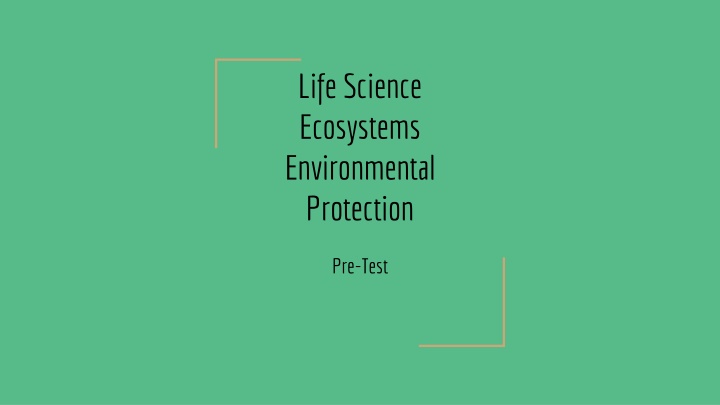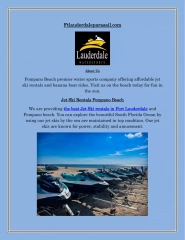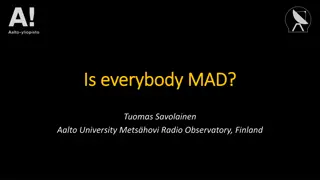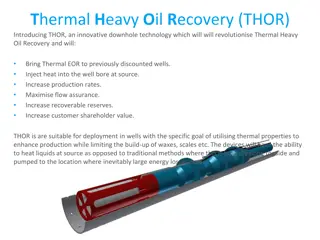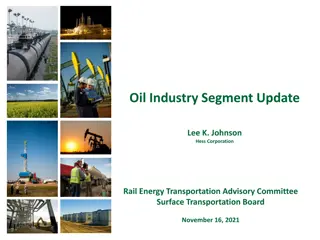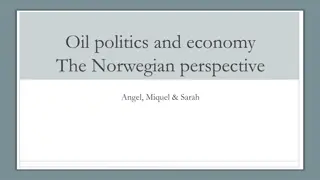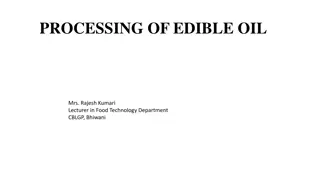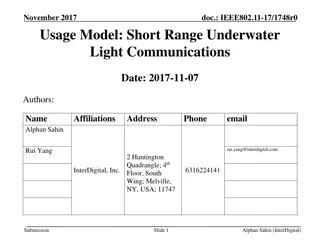Underwater Trajectory of Heavy Oil Jet in Cross-Flow Research
This research investigates the behavior of heavy oil jets underwater from a broken surface pipeline, focusing on vertical dispersion oil spill modeling using mathematical models and numerical results. The study explores the movement of oil droplets in the water column and various modeling approaches for vertical dispersion.
Download Presentation

Please find below an Image/Link to download the presentation.
The content on the website is provided AS IS for your information and personal use only. It may not be sold, licensed, or shared on other websites without obtaining consent from the author.If you encounter any issues during the download, it is possible that the publisher has removed the file from their server.
You are allowed to download the files provided on this website for personal or commercial use, subject to the condition that they are used lawfully. All files are the property of their respective owners.
The content on the website is provided AS IS for your information and personal use only. It may not be sold, licensed, or shared on other websites without obtaining consent from the author.
E N D
Presentation Transcript
Life Science Ecosystems Environmental Protection Pre-Test
1. Which of the following is a benefit of using oil? A. It releases pollutants into the air that contribute to global warming B. It has a limited supply and shortages can have major impacts on gas prices and on the economy C. Humans already have widespread and affordable technology to utilize it D. Oil spills can damage ecosystems and kill wildlife
2. Fertilizer run-off into bodies of water can cause overgrowth of aquatic plants and end up depleting the water of oxygen and killing aquatic animals. Which of the following best describes how animals are dependent on the plants in this environment? A. Living plants convert the carbon dioxide that animals release into oxygen that they can use again. When the plants die in too high of numbers they stop producing oxygen and their decomposition produces more carbon dioxide B. The plants take up oxygen and overgrowth of the plants means less oxygen for animals C. The plants are dependent upon the nutrients carried by the water D. The animals use the overgrown plant life for shelter
3. Which of the following is an example of the introduction of a non-native species disrupting the health of an ecosystem? A. The reintroduction of Grey Wolves back into Yellowstone National Park restoring the balance of the park s food web B. Taking probiotics to maintain gut health C. Rabbits being introduced to Australia and eating and killing all of the grass, shrubs, and bushes eaten by native sheep D. The introduction of a virus to control non-native rabbit populations in Australia
4. Foxglove is a plant native to Europe that produces a substance used in medicine to prevent heart arrhythmias (irregular beating). Which of the following statements about Foxglove is the best argument supporting the protection of biodiversity? (Photo from NPS) A. Foxglove can cause death if not handled by an expert before ingesting B. Many plants, including Foxglove, provide medicinal properties that can be used by humans C. Foxglove is an invasive species in Sequoia and Kings Canyon National Parks D. Foxglove is a biennial plant
5. Which of the following is an example of a population benefiting from human activity? A. Native plant species being displaced by human agriculture B. Human harvesting of oil can cause oil spills that disrupt ecosystems C. Fertilizer runoff helps algae grow D. Algae blooms deplete water sources of oxygen, killing other organisms in the water
